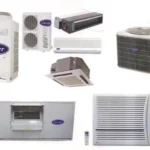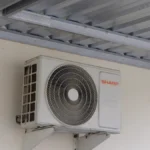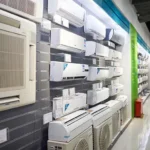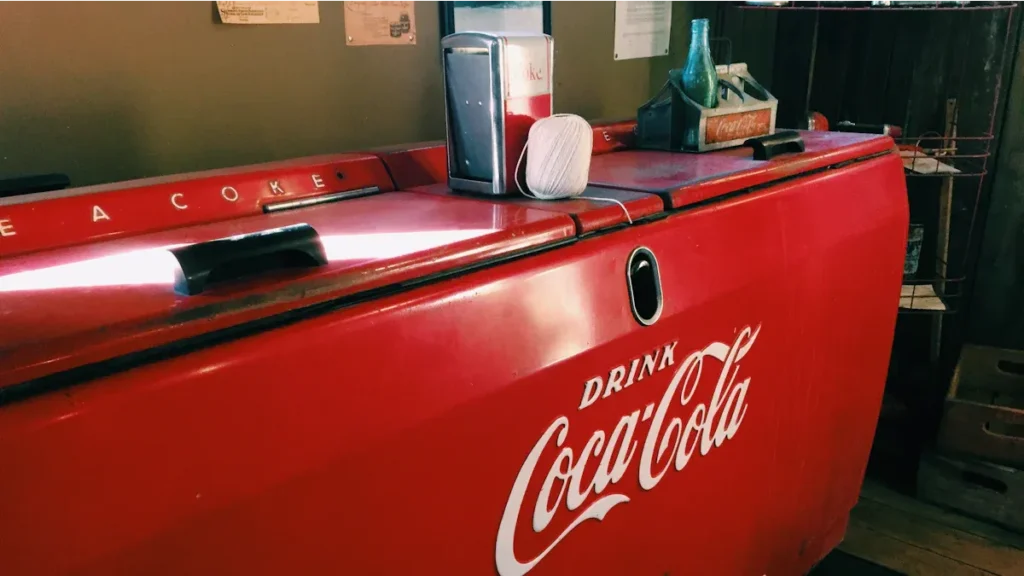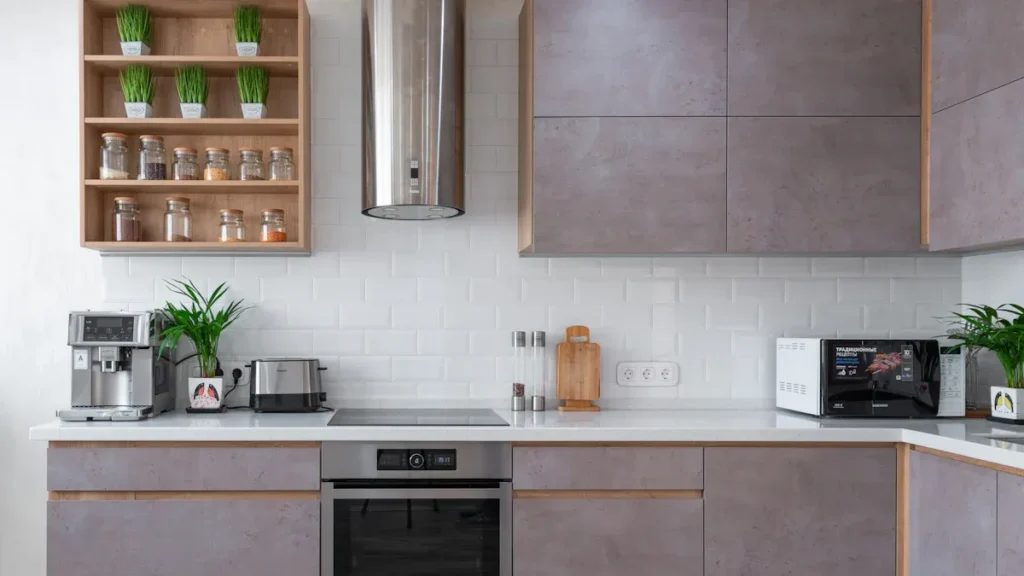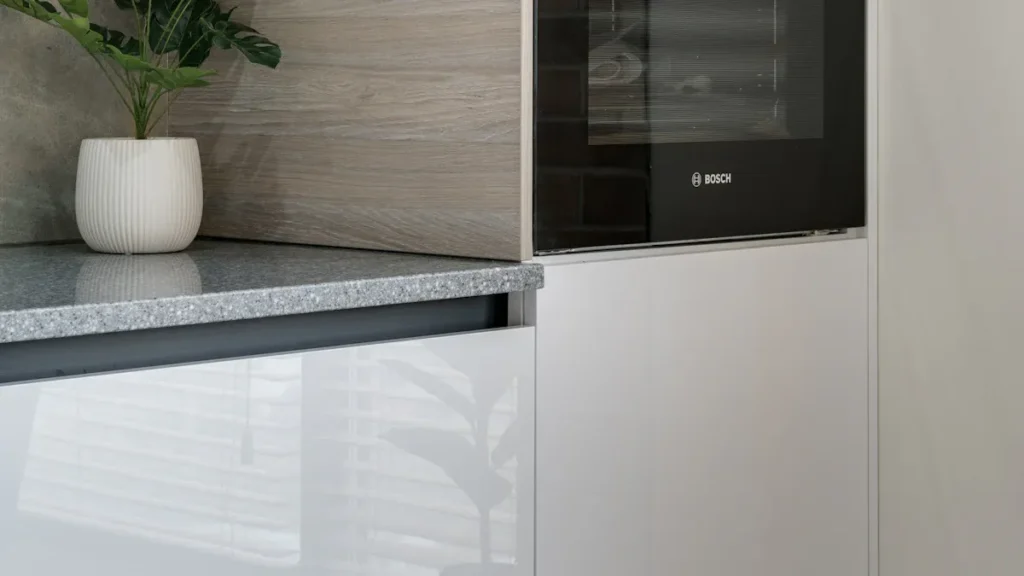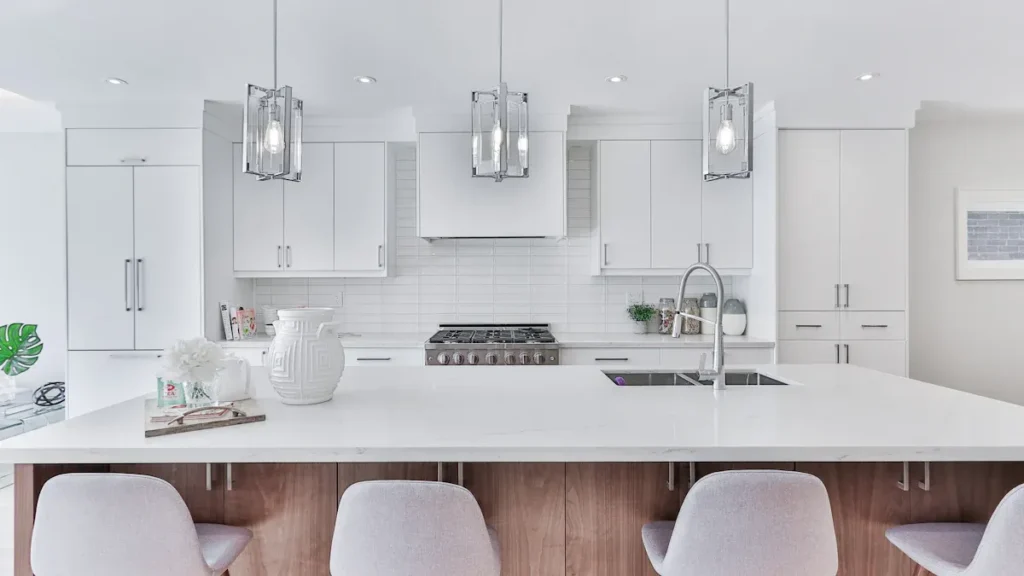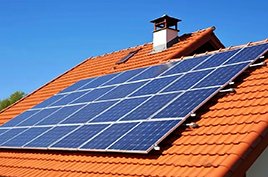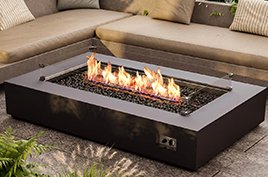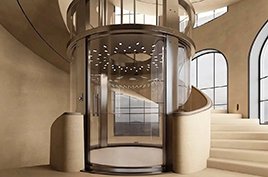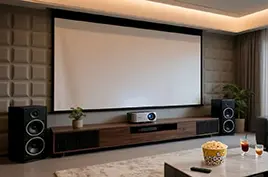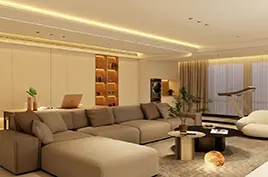You have lots of choices for hotel room air conditioner. The main types are window, split, PTAC, VTAC, portable, mini-split, and central systems. Picking the right air conditioner is important. It affects how guests feel about their stay. Studies say 74% of guests will not come back if the HVAC system is bad. Many guests also want quiet and clean air. There are many hotel air conditioners to pick from. You can look at their features and choose the best one for your hotel.
1. Window Air Conditioner
A window air conditioner is one of the most popular and affordable cooling solutions for small and medium-sized hotel rooms. It is a complete unit that can be easily installed in a window or wall opening. This makes it great for older buildings or budget hotels.
Key Features
Modern window AC units are more efficient than ever. Many models today come with an Energy Efficiency Ratio (EER) above 10, which helps reduce operating costs. On average, a standard 1-ton window AC consumes about 0.43 kWh per hour, nearly 50% less energy than portable units. This is one of the main reasons why many 2–3 star hotels still prefer them for individual rooms.
Real Hotel Use Case
For example, a budget hotel chain in Southeast Asia equipped 120 guest rooms with window air conditioners instead of split systems. The total installation cost was 35% lower, and maintenance costs were reduced because each unit could be serviced independently. Guest reviews showed that as long as the AC units were properly cleaned and noise levels were controlled, overall satisfaction remained above 4.2/5 on major booking platforms.
Pros
You can install it fast and do not need ducts.
It costs less at first than most other systems.
You can change or upgrade it easily.
It uses less energy than portable units, so you save money.
It works well for rooms that need one cooling source.
Tip: Window air conditioners use about 0.43 kWh on average. This is half the energy of portable units. Many hotels pick them because they help save money.
Cons
It covers part of the window and lets in less light.
It can be loud and may bother guests.
You need to clean it often to stop mold and dust.
It does not save as much energy as mini-split systems. Mini-split systems use about 30% less energy.
It may not cool big rooms the same everywhere.
Common maintenance issues include:
Not being clean enough
Mold and germs can grow inside
Temperature may not stay steady
People may forget to take care of it
Maintenance and Cleaning Tips
Proper maintenance is essential for keeping performance and hygiene standards high:
Clean the air filters every two weeks to maintain airflow and cooling efficiency.
Wipe the coils and vents monthly to prevent dust and mold buildup.
Use an antibacterial cleaner or mild vinegar solution to prevent odor and bacterial growth.
During off-seasons, remove and cover the unit to protect it from moisture and insects.
A well-maintained window AC can last 8–10 years and operate at close to peak efficiency for most of its lifespan.
Expert Insight
According to Mark Jensen, a hospitality HVAC consultant at Hotel Energy Solutions,
“Window air conditioners are still a practical choice for independent hotels or older buildings where duct installation is not feasible. However, consistent cleaning and preventive maintenance are key to guest comfort and energy savings.”
Ideal Use Cases
Small or medium-sized hotel rooms with a window or wall opening
Older hotels where ductwork installation is impractical
Budget hotels needing cost-effective, short-term cooling solutions
Seasonal resorts that only require cooling during summer months
2. Split Air Conditioner
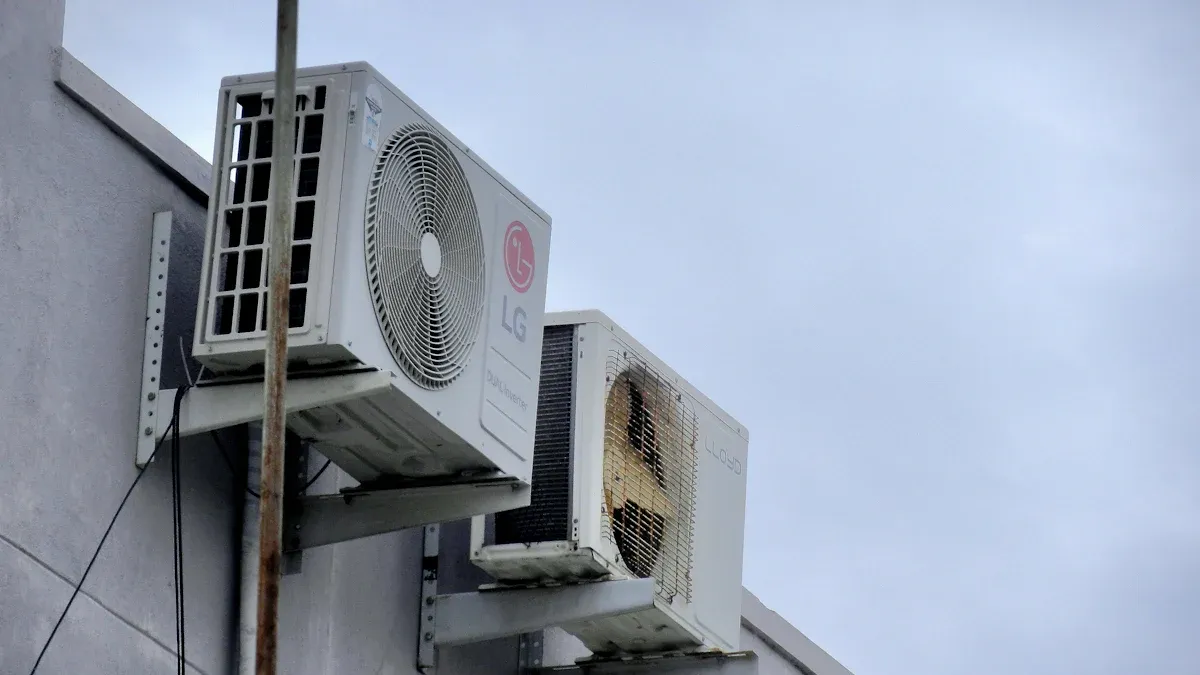
Key Features
Split air conditioners have two main parts. You see the indoor unit inside the room and the outdoor unit outside the building. The indoor unit blows cool air into the room. The outdoor unit releases heat outside. You control the temperature with a remote. Many split systems offer heating and cooling. You do not need ductwork for installation. You can choose single-zone or multi-zone systems for different rooms.
Pros
You get quiet operation. Guests enjoy peaceful sleep.
You control the temperature for each room.
You save energy compared to window units.
You do not block windows or lose natural light.
You can install the system in rooms without windows.
Tip: Split air conditioners work well for hotels that want to upgrade comfort and reduce noise.
Cons
You pay more for installation than window units.
You need a professional for setup.
You see the indoor unit on the wall.
You must clean filters often.
Here is a quick look at installation costs for split air conditioners:
Ductless mini-split installation usually costs $3,000 to $9,000.
- Single-zone systems can be as low as $600.
Multi-zone systems may reach $20,000 or more.
HVAC contractor fees add $300 to $6,000.
Costs change based on location and room size.
Ideal Use Cases
Split air conditioners fit many hotel types. You can use them in boutique hotels, luxury suites, or renovated buildings. They work well for rooms without windows. You can install them in places where you want a quiet hotel air conditioner.
Noise Level Comparison
Split air conditioners are much quieter than window units. See the table below:
System | Average Noise (dB) | Comfort Factors |
|---|---|---|
PTAC | 47–55 dB | Moderate, steady fan |
Mini Split | 23–40 dB | Ultra-quiet, variable speed |
Window AC | 55–65 dB | Loud compressor cycling |
3. PTAC
Key Features
A packaged terminal air conditioner (PTAC) is one unit. You usually see it in an outside wall, under a window. PTACs can heat and cool rooms. You change the temperature with a panel on the unit. Some models have digital screens and settings you can program. PTACs do not need any ducts. You can fix or swap them without special tools.
All parts are together for easy setup
Guests use a simple control panel
It can cool and heat rooms
Fits in most outside walls
No ducts or tricky wiring needed
Pros
PTAC units give you choices. You can heat or cool each room by itself. This saves energy because you only use it when needed. PTACs are easy to change. You can replace a broken unit fast. Many hotels pick PTACs because they work well and are easy to care for.
PTACs let guests pick their own temperature. This makes guests happier.
Cons
PTACs can be loud. The fan and compressor are inside the room, so guests hear them. You must clean the filters often. If you forget, dust or mold can build up. PTACs may not look as nice as other hotel air conditioners. They can cost more to fix over time.
Here is a table that shows how much PTAC maintenance costs:
Maintenance Task | How Often | Cost Range |
|---|---|---|
Filter cleaning/replacement | Every month | $0–$10 |
Coil cleaning | 1–2 times/year | $50–$100 |
Thermostat calibration | Once a year | $50–$75 |
Condensate drain check | Once a year | $50–$100 |
Fan motor replacement | 7–10 years | $150–$300 |
Control board repair | 5–10 years | $250–$400 |
Ideal Use Cases
PTACs are good for hotels with rooms that open outside. Many motels and mid-range hotels use PTACs for this reason. PTACs work well if you want guests to control their own comfort. You can use them in old buildings where you cannot add ducts. PTACs are a smart pick if you want a hotel air conditioner that is easy to fix and take care of.
4. VTAC
Key Features
Vertical terminal air conditioners, called VTACs, have a special design. The main unit goes inside a closet or small utility room. This vertical setup helps save space in hotel rooms. VTACs use simple ducts to cool or heat more than one room. Many models have fans that can change speed and thermostats you can program. These features help you control the temperature and use less energy.
The main unit fits in a closet or utility room
The vertical shape saves space in the room
Simple ducts cool or heat several rooms
Programmable thermostats give better control
Fans with different speeds help save energy
Pros
VTACs have many good points for hotels wanting a modern hotel air conditioner. You can hide the unit in a closet, so rooms look neat and nice. One system can cool or heat more than one room, which helps save money on energy bills. The vertical design makes it easy to add ducts without using much space. If you put insulation in the closet, you can make the room quieter for guests.
Tip: VTACs are great for suites or big rooms because they can cool more than one space at once.
Hidden units keep rooms tidy and clean
One unit can cool or heat many rooms or suites
Programmable controls help lower energy use
Closet insulation makes rooms quieter for guests
Cons
VTACs usually cost more to put in than PTACs or window units. You need a closet or utility room, which some buildings do not have. You also need to plan for ducts, even if they are simple. If the closet is not insulated well, noise can still get into guest rooms. It can be harder to fix the unit because it is not as easy to reach as a PTAC.
Drawback | Impact on Hotel |
|---|---|
Higher upfront cost | Bigger investment |
Needs closet space | Fewer places to put it |
Ductwork required | More planning needed |
Harder to access unit | Maintenance takes longer |
Ideal Use Cases
VTACs are good for suites, long-stay rooms, or any place where you want to cool or heat more than one area with one hotel air conditioner. VTACs work best in new hotels or big remodels where you can make space for closets and ducts. If you want a quiet, energy-saving system that keeps rooms looking new, vertical terminal air conditioners are a smart pick.
Suites or hotel rooms with more than one space
Hotels that want rooms to look modern and clean
Hotels that want to save energy
New hotels or hotels getting big updates
5. Portable Air Conditioner
Key Features
Portable air conditioners are easy to move around. You can roll them from one room to another. Most have wheels and handles, so you can push or pull them. You just plug them into a normal outlet. They have a hose that sends hot air outside through a window or wall. Many have digital buttons, timers, and a remote control. Some can cool rooms from 8,000 to 14,000 BTU. This is good for small or medium rooms.
Wheels and handles help you move it easily
You do not need to install it forever
You can change the temperature and fan speed
Many have a built-in dehumidifier
Digital screens and remotes make it simple to use
Pros
You can cool a room fast without a big setup. Portable air conditioners are good when you cannot use a window or split unit. They help in emergencies or when it gets very hot. Many guests like how quickly these units make rooms cooler. People say portable ACs help them sleep better and stay cool even when it is hot.
Guest reviews say these things:
You can put the unit away when you do not need it. You can also use it in other rooms if needed.
Cons
Portable air conditioners can be loud. You might hear the fan and compressor working. They take up space on the floor, so rooms can feel smaller. You must send the hot air outside, so you need a window or wall opening. Some use more power than window units. You have to empty the water tank or use a hose for the dehumidifier.
Drawback | Impact on Room |
|---|---|
Noise | May bother guests |
Floor space needed | Less space for guests |
Venting required | Needs a window |
Water management | More work to maintain |
Ideal Use Cases
Portable air conditioners are good for hotels where you cannot put in a permanent system. You can use them in old buildings, for short stays, or when fixing other systems. They are great for rooms that get too hot in summer. You can also use them if your main hotel air conditioner breaks.
Old hotels where you cannot install other units
Guest rooms that are only used for a short time
Rooms that get very hot in summer
Backup cooling when the main system is broken
6. Mini-Split
Key Features
Mini-split air conditioners give you a flexible way to cool hotel rooms. You see two main parts: an indoor unit and an outdoor compressor. You do not need ducts, so you save space and energy. You control each room’s temperature with a remote. Many mini-split systems offer both cooling and heating. You can install them on walls or ceilings. Some models have smart controls and timers.
Ductless design for easy installation
Remote control for each room
Wall or ceiling mount options
Cooling and heating functions
Smart features like timers and Wi-Fi
Pros
You get many benefits with a mini-split hotel air conditioner. You can cool rooms without losing energy through ducts. You control each room’s climate, so guests stay comfortable. Mini-splits run quietly, which helps guests sleep better. You also save money on energy bills.
Mini-split systems use less power than central AC. You can save up to 40% on cooling costs each year.
Here is a table that shows how mini-splits compare to central air conditioning:
System Type | SEER Rating | Energy Usage (watts/hour) | Energy Savings (%) |
|---|---|---|---|
Mini-Split | 20 or more | 800 – 2000 | 30% – 40% |
Central AC | 15 – 18 | 3000 – 3500 | N/A |
Cons
You may pay more upfront for mini-split air conditioners. You need a professional to install them. The indoor unit stays visible on the wall or ceiling. You must clean filters often to keep air fresh. Some guests may not like the look of the indoor unit.
Higher initial cost
Professional installation required
Visible indoor unit
Regular filter cleaning needed
Ideal Use Cases
Mini-split hotel air conditioners work best in hotels with different room sizes or layouts. You can use them in boutique hotels, luxury suites, or renovated buildings. They fit well in places where you cannot install ducts. You get the most value in hotels that want quiet, energy-saving systems.
Boutique hotels with unique room layouts
Luxury suites needing zoned climate control
Renovated hotels without space for ducts
Hotels focused on energy savings and guest comfort
7. Central Air Conditioning
Key Features
Central air conditioning uses one big system for many rooms. The main unit sits outside or in a special room. Ducts carry cool or warm air to each hotel room. You can set the temperature with a central thermostat or controls in each room. Many systems have strong air filters and control humidity. Some connect to smart hotel systems for easy use.
One main unit cools or heats all rooms
Ducts send air to every room
You can control temperature for each room or all rooms
Advanced air filters make air cleaner
Works with smart hotel management systems
Pros
Central air conditioning gives even cooling in every room. Guest rooms stay at the same temperature. The system is quiet because the main unit is far from guests. Modern models use less energy, so you save money. Better filters help guests breathe cleaner air. You do not need to check many units, so maintenance is easier.
Tip: Central air conditioning helps guests enjoy a quiet and comfortable stay.
Cons
You pay more at first for central air conditioning. You must put in ducts, which takes time and costs money. Repairs can be expensive because the system is big and complex. If the main unit breaks, many rooms lose cooling. Sometimes you need to close rooms for repairs.
Here is a table that shows cost differences:
Aspect | Centralized Systems | Decentralized Systems |
|---|---|---|
Upfront Costs | Higher because of ducts and big unit | Lower, no ducts needed |
Long-term Operational Costs | Lower with good energy use | Higher if not managed well |
Maintenance | Not often but expensive for big repairs | More often, costs add up for many units |
Ideal Use Cases
Central air conditioning works best for big hotels or resorts. Pick this system if you want to control many rooms at once. New hotels use it because it fits modern buildings. It is good if you want clean air and to save energy for many years.
Big hotels or resorts with lots of rooms
New buildings with space for ducts
Hotels that want quiet and steady cooling
Places that want to save energy and keep guests comfortable
Hotel Room Air Conditioner Buying Guide
Room Size
You should pick a hotel room air conditioner that fits the room size. If the unit is too strong, it turns on and off a lot. This makes the room feel hot or cold and does not control humidity well. If the unit is too weak, guests will feel warm and unhappy. Use 20 BTUs for each square foot of space. Add 10-20% more BTUs if the room is in a hot place. Many hotels put in units that are too big, and guests complain about this.
Energy Efficiency
Energy-efficient air conditioning helps you save money and helps the planet. Energy bills can be 40-50% of all hotel costs. Smart controls and new systems can lower HVAC energy use by 20-30%. A hotel with 200 rooms can save up to $20,000 every year by upgrading hotel room air conditioners. Look for high SEER ratings and smart features when you buy.
Noise Levels
Hotel air conditioners can be noisy and bother guests. Quiet systems help guests sleep and get better reviews. You should check how loud the unit is before buying. Use this table to see what noise levels are okay:
Room Type | Maximum Allowable Noise Level | |
|---|---|---|
Guest Rooms | 25-30 dBA | 35-40 dBA |
Suites | 20-25 dBA | 30-35 dBA |
Meeting Rooms | 25-30 dBA | 35-40 dBA |
Ballrooms | 30-35 dBA | 40-45 dBA |
Installation
You need to think about how to install the system. Old hotels may need the system put in piece by piece. You want to keep the building looking nice and protect important things. Here are some common steps:
Choose the best place for outdoor units.
Check and seal the ducts.
Make sure air flows evenly everywhere.
Budget
You should think about how much you pay now and later. Energy-efficient air conditioning costs more at first, but saves money over time. Think about how much it costs to fix and take care of each hotel room air conditioner.
Guest Comfort
Guests want rooms with good temperature, clean air, and quiet. Packaged terminal air conditioners let guests control their own room climate. Quiet systems and vertical terminal air conditioners help guests sleep well. Good air flow and heating or cooling in the right spots make guests happier.
Tip: Pick hotel air conditioners that let guests control the temperature and are quiet. This gives guests the best stay.
Picking the right hotel air conditioner is important. It affects how comfortable guests feel. It also helps you save energy and money. The air conditioner you choose can change what people think about your hotel. If you use a step-by-step buying guide, you can make better choices. Here is how it helps:
Feature/Advantage | Description |
|---|---|
Makes sure guests feel happy and cozy. | |
Energy Efficiency | Lowers bills and helps the environment. |
Aesthetic Impact | Looks good with your hotel rooms. |
Noise Levels | Keeps rooms quiet for better sleep. |
Budget Constraints | Lets you get good quality for your money. |
To find the best hotel air conditioner, you should:
Pick a system that fits your hotel’s size and shape.
Choose models that save energy and are not loud.
Make sure it is easy to fix and lasts a long time.
Use this buying guide to look at your choices and pick the best hotel air conditioner for your guests and your hotel.
FAQ
What is the best hotel room air conditioner for guest comfort?
You should choose a quiet hotel room air conditioner with easy temperature controls. Split air conditioners and mini-split systems offer low noise and let guests set their own comfort level.
Tip: Look for models with noise ratings below 30 dBA for better sleep.
How often should you clean hotel air conditioner filters?
You should clean hotel air conditioner filters every month. Clean filters help keep air fresh and reduce dust. Regular cleaning also helps your hotel AC work better and last longer.
Can you install a hotel air conditioner in an old building?
You can install hotel air conditioners in old buildings. Portable units, window air conditioners, and mini-split systems work well because they do not need ducts or major changes.
Mini-split: No ducts needed
Portable: Easy setup
Window: Fits most openings
How do you choose the right size hotel air conditioner?
You should measure the room and use 20 BTUs for each square foot. Add more BTUs for rooms in hot areas. Picking the right size helps guests stay comfortable and saves energy.
Room Size (sq ft) | Recommended BTUs |
|---|---|
150 | 3,000 |
300 | 6,000 |
500 | 10,000 |
Are energy-efficient hotel air conditioners worth the cost?
You save money with energy-efficient hotel air conditioners. These units lower your energy bills and help the environment. High SEER ratings mean better performance and more savings over time.
Note: Hotels can save up to $20,000 a year by upgrading to energy-efficient AC systems.

